current through smd led
- Category: 2016 SMD LED
- Brand:ARKTECH
- delivery date: 7 to 9 working days
- payment method: We offer payment options such as Paypal, TT (Telegraphic Transfer), or LC (Letter of Credit)
- Our team offers all-round technical support, including designing according to your requirements, selecting the best solutions based on cost and reliability, principle and LAY-OUT design, customizing s
One of our key strengths is our state-of-the-art facility, which boasts a 12000㎡ dust-free and antistatic standard workshop. We are the first to adopt imported YAMAHA (Japan) SMD machine & reflow soldering machine (match temperature tester), automatic production line, large wave-soldering equipment as well as LED tube light with automatic test equipment. This ensures that our manufacturing process is of the highest quality, resulting in superior products that meet the highest industry standards.
| Product name | current through smd led |
| Keyword | 5050 smd led strips,best smd led types,smd led assembly,0.9t smd led,4040 smd led,gu10 smd led |
| Place of Origin | China |
| Brand | ARKTECH |
| Current | 139MA |
| Power | 1.1W |
| Voltage | 1.2V |
| Raw material | Copper bracket/ pure gold wire |
| Quantity | 2752pcs/reel |
| Dimensions | 5.3mm*4.1mm*2.1mm, (Contact us for specific information to confirm) |
| Applicable Industries | urban lighting, etc. |
| Color | blue |
| Weight | 12mg |
| Product Description | 0603 smd led,SMD 5630 LED Grow plant light 660nm light,SMD 5050 LED RGBW 0.2W,3v 1w smd led,3w smd led entspricht-It is a new surface packaging technology that encapsulates LED chips in tiny weldable packaging films and performs surface spot welding on the PCB substrate, thus improving the reliability and production efficiency of LEDs. Compared with traditional LED packaging, SMD LED has the advantages of small size, large light-emitting area, high power, low packaging height, and multiple color temperatures, and can greatly reduce costs through automated production processes. |
| delivery date | Our standard delivery time is 7 to 9 working days. |
| payment method | We offer payment options such as Paypal, TT (Telegraphic Transfer), or LC (Letter of Credit). |
| Life span | 54548 + hours (Contact us for specific information to confirm) |
| warranty | We provide a warranty period of 2 years |
| Advantage | We keep good quality and competitive price to ensure our customers benefit |
| Packing | 19x15.44x9.1mm(Contact us for specific information to confirm) |
| Sales country | All over the world for example:Falkland Islands,Namibia,Guatemala,Pitcairn Islands,Yemen,Saint Helena,Papua New Guinea,Niger,Navassa Island |
| MOQ | 5 reel(Contact us for specific information to confirm) |
| customization services | We welcome customization requests for our products |
| production capacity | We have the capacity to produce 90kk pieces of LEDs per month. |
Segment led display, Custom LED display, Through hole LED, High power LED(Please contact us for specific information about Segment led display)
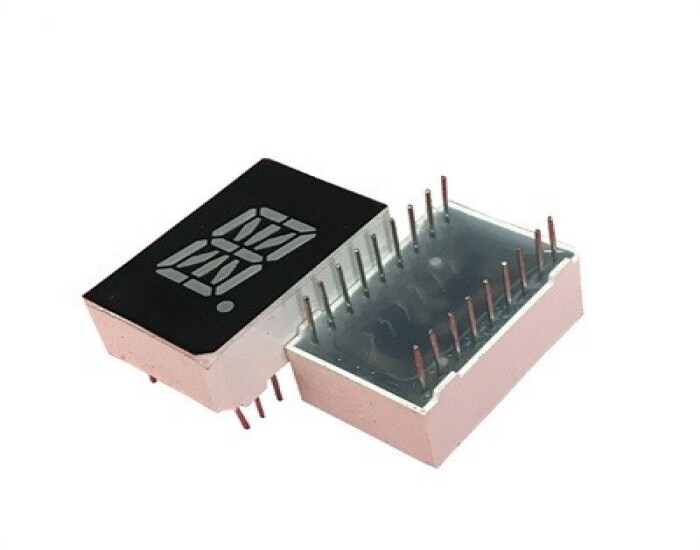
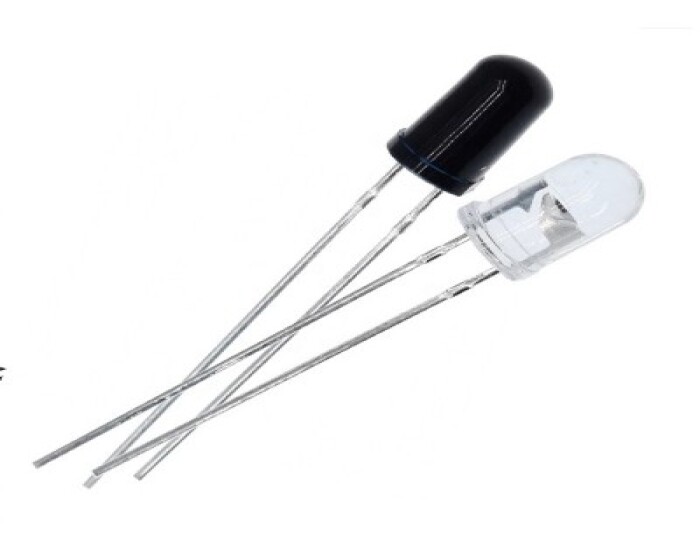
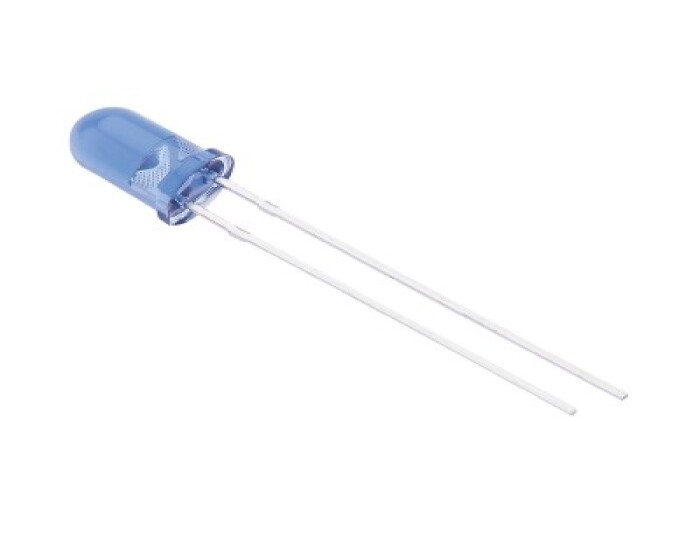
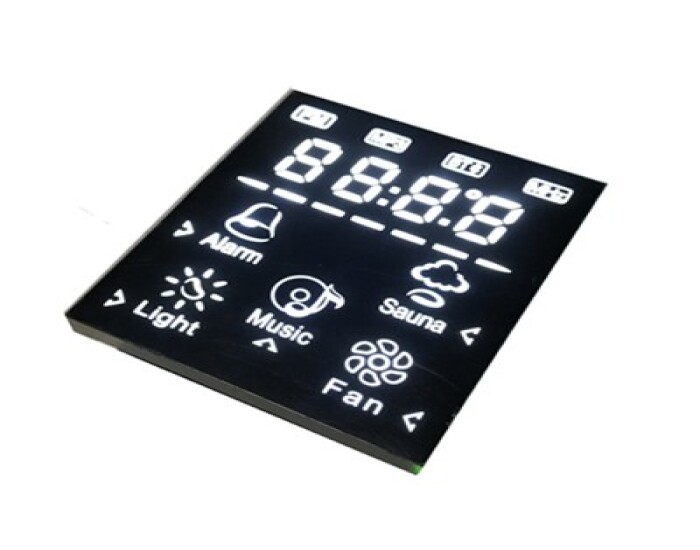
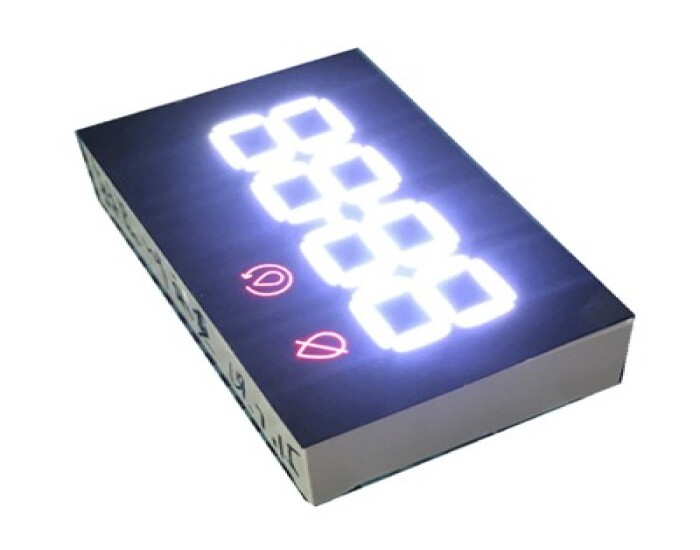
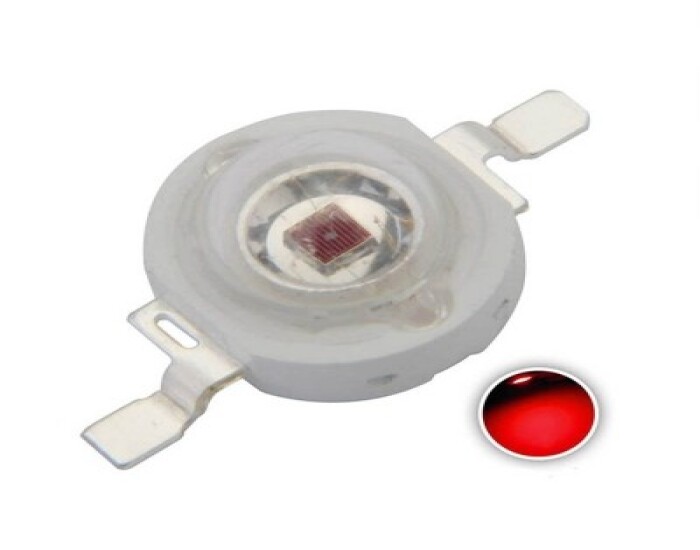
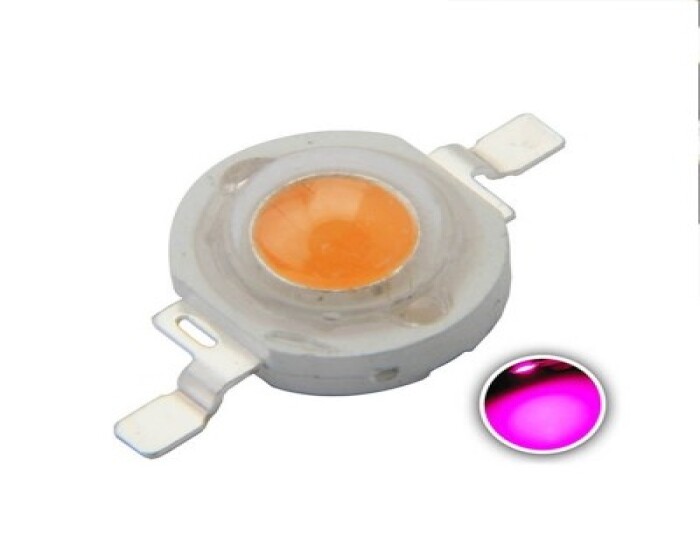
current through smd led services FAQs Guide
Are you looking for a quick review guide about current through smd ledservices?
An ultimate FAQ buying guide is available to help you.This guide contains all the information about all the important facts, figures, and various processes regarding current through smd led services.
Let’s continue!
2.What are the benefits of using current through smd led technology?
3.Are there any regulations or certifications for current through smd led?
4.How does the size of current through smd led affect its performance?
5.About current through smd led production equipment
6.How does current through smd led handle heat dissipation?
7.What is the difference between current through smd led and COB LED?
8.About current through smd led production skills training
9.Are there any environmental considerations when using current through smd led?
10.About current through smd led production management system
11.How does the color temperature of current through smd led affect its use?
1.Are current through smd leds energy efficient?
We pay attention to the transformation of intellectual property protection and innovation achievements. Your OEM or ODM order design we have a complete confidentiality system.
Yes, SMD LEDs (Surface Mount Device Light Emitting Diodes) are energy efficient. They use significantly less energy than traditional incandescent or fluorescent bulbs, making them a popular choice for energy-conscious consumers. SMD LEDs also have a longer lifespan, further contributing to their energy efficiency.
2.What are the benefits of using current through smd led technology?
We maintain a stable growth through reasonable capital operations, focus on industry development trends and cutting -edge technologies, and focus on product quality and safety performance.
1. Energy Efficiency: SMD LEDs are highly energy-efficient, consuming up to 80% less energy than traditional incandescent bulbs. This makes them a cost-effective option for lighting.
2. Long Lifespan: SMD LEDs have a longer lifespan compared to traditional bulbs, lasting up to 50,000 hours or more. This means they require less frequent replacements, reducing maintenance costs.
3. Compact Size: SMD LEDs are small in size, making them ideal for use in compact electronic devices such as smartphones, laptops, and TVs. They also allow for more flexibility in design and can be used in a variety of applications.
4. Brightness: SMD LEDs produce bright and uniform light, making them suitable for use in a wide range of lighting applications, from task lighting to ambient lighting.
5. Low Heat Emission: SMD LEDs emit very little heat, making them safe to use in close proximity to heat-sensitive materials or in confined spaces.
6. Durability: SMD LEDs are more durable than traditional bulbs as they are not made of fragile materials like glass. They are also resistant to shock and vibrations, making them suitable for use in rugged environments.
7. Instant On: SMD LEDs light up instantly without any warm-up time, unlike traditional bulbs that take a few seconds to reach full brightness.
3.Are there any regulations or certifications for current through smd led?
We continue to invest in research and development and continue to launch innovative products.
Yes, there are several regulations and certifications for SMD LED (Surface Mount Device Light Emitting Diode) products. These include:
1. RoHS (Restriction of Hazardous Substances) Directive: This regulation restricts the use of certain hazardous substances in electrical and electronic equipment, including SMD LED products.
2. CE (Conformité Européenne) Marking: This is a mandatory conformity marking for products sold in the European Economic Area (EEA) and indicates that the product meets all applicable EU directives, including those related to safety, health, and environmental protection.
3. UL (Underwriters Laboratories) Certification: UL is a global safety certification company that tests and certifies products for compliance with safety standards. SMD LED products can be UL certified to ensure their safety and quality.
4. Energy Star Certification: This is a voluntary program run by the U.S. Environmental Protection Agency (EPA) that certifies energy-efficient products, including SMD LED lighting products.
5. ISO (International Organization for Standardization) Standards: ISO has developed several standards related to LED lighting, including ISO 9001 (quality management), ISO 14001 (environmental management), and ISO 50001 (energy management).
6. Ingress Protection (IP) Rating: This is a standard that rates the level of protection provided by a product against solid objects and liquids. SMD LED products may have an IP rating to indicate their resistance to dust and water.
7. LM-80 and TM-21 Standards: These are industry standards for measuring the lumen maintenance and projected lifetime of LED products, respectively.
It is important to note that not all SMD LED products may have all of these certifications or comply with all regulations. It is recommended to check the product specifications and certifications before purchasing to ensure compliance with relevant standards.
4.How does the size of current through smd led affect its performance?
We have broad development space in domestic and foreign markets. current through smd led have great advantages in terms of price, quality, and delivery date.
The size of an SMD LED can affect its performance in several ways:
1. Brightness: Generally, larger SMD LEDs have a higher maximum brightness compared to smaller ones. This is because larger LEDs have more surface area to emit light, allowing them to produce a brighter output.
2. Power consumption: Smaller SMD LEDs typically have a lower power consumption compared to larger ones. This is because smaller LEDs require less energy to produce the same amount of light as larger ones.
3. Heat dissipation: Larger SMD LEDs tend to generate more heat compared to smaller ones. This is because they have a higher power consumption and more surface area to dissipate heat. This can affect the overall performance and lifespan of the LED.
4. Viewing angle: The size of an SMD LED can also affect its viewing angle, which is the angle at which the light is emitted from the LED. Smaller LEDs typically have a narrower viewing angle, while larger LEDs have a wider viewing angle.
5. Durability: Larger SMD LEDs are generally more durable and have a longer lifespan compared to smaller ones. This is because they have a larger surface area, which allows for better heat dissipation and reduces the risk of overheating and damage.
Overall, the size of an SMD LED can significantly impact its performance, and it is essential to consider the specific requirements and applications when choosing the appropriate size for a particular project.
5.About current through smd led production equipment
Our factory comprises three production departments, housing a total of 12 production lines. We have equipped these lines with over 120 automatic machines from renowned brands such as ASM and Kaijo.
6.How does current through smd led handle heat dissipation?
We have advanced production equipment and technology to meet the needs of customers, and can provide customers with high quality, low priced current through smd led products.
SMD (Surface Mount Device) LED chips are designed to handle heat dissipation in several ways:
1. Heat Sink: SMD LEDs are often mounted on a heat sink, which is a metal plate or structure that helps to dissipate heat away from the LED chip. The heat sink provides a larger surface area for heat to dissipate, allowing the LED to operate at a lower temperature.
2. Thermal Pad: Some SMD LEDs have a thermal pad on the bottom of the chip, which helps to transfer heat away from the LED and onto the heat sink.
3. Thermal Via: SMD LEDs may also have thermal vias, which are small holes in the PCB (printed circuit board) that allow heat to transfer from the LED chip to the other side of the board, where it can be dissipated.
4. Copper Traces: The PCB may also have copper traces that act as heat sinks, helping to dissipate heat away from the LED chip.
5. Encapsulation: SMD LEDs are often encapsulated in a material that helps to dissipate heat, such as silicone or epoxy. This material also protects the LED chip from external factors that could affect its performance.
Overall, SMD LEDs are designed to efficiently dissipate heat and maintain a low operating temperature, which helps to prolong their lifespan and maintain their performance.
7.What is the difference between current through smd led and COB LED?
We have rich industry experience and professional knowledge, and have strong competitiveness in the market.
SMD LED (Surface Mount Device LED) and COB LED (Chip on Board LED) are two different types of LED technology used in lighting applications. The main differences between them are:
1. Design: SMD LEDs are small, individual LED chips mounted on a circuit board, while COB LEDs consist of multiple LED chips bonded directly to a substrate, creating a single module.
2. Size: SMD LEDs are smaller in size compared to COB LEDs, making them suitable for compact and slim lighting designs.
3. Light output: COB LEDs have a higher light output compared to SMD LEDs due to their larger size and higher number of LED chips.
4. Heat dissipation: COB LEDs have better heat dissipation capabilities compared to SMD LEDs, as the multiple LED chips are spread out over a larger surface area.
5. Color consistency: COB LEDs have better color consistency compared to SMD LEDs, as the multiple LED chips are closely packed together, resulting in a more uniform color output.
6. Cost: SMD LEDs are generally less expensive compared to COB LEDs, making them a more cost-effective option for lighting applications.
In summary, SMD LEDs are smaller, more affordable, and suitable for compact designs, while COB LEDs have a higher light output, better heat dissipation, and color consistency. The choice between the two will depend on the specific lighting needs and budget of the application.
8.About current through smd led production skills training
We require all our employees to undergo three months of training. Only after successfully passing a qualified test are they allowed to work on the production line. To further ensure the quality of our goods, we have implemented diagrams along the production line, providing clear instructions and guidelines. Additionally, our HD engineers conduct monthly training sessions to keep our team updated with the latest production techniques and practices.
9.Are there any environmental considerations when using current through smd led?
We maintain a certain amount of R&D investment every year and continuously improve operational efficiency to provide better services to our cooperative customers.
Yes, there are several environmental considerations when using SMD LED:
1. Energy Efficiency: SMD LED lights are highly energy-efficient, consuming less electricity compared to traditional incandescent or fluorescent lights. This reduces the overall energy consumption and helps in reducing carbon emissions.
2. Toxic Materials: Some SMD LED lights contain toxic materials such as lead, mercury, and arsenic, which can be harmful to the environment if not disposed of properly. It is important to recycle these lights properly to prevent these toxic materials from entering the environment.
3. E-waste: SMD LED lights are electronic devices and can contribute to the growing problem of e-waste. It is important to dispose of them properly to prevent them from ending up in landfills and polluting the environment.
4. Light Pollution: SMD LED lights can contribute to light pollution, which can disrupt the natural cycles of plants and animals and affect their behavior. It is important to use SMD LED lights responsibly and avoid unnecessary lighting to reduce light pollution.
5. Manufacturing Process: The manufacturing process of SMD LED lights can also have an impact on the environment. It requires a significant amount of energy and resources, and the disposal of waste materials can also be a concern. Choosing SMD LED lights from manufacturers with sustainable and environmentally friendly practices can help reduce the environmental impact.
6. End-of-life Disposal: When SMD LED lights reach the end of their lifespan, they need to be disposed of properly. If not recycled or disposed of correctly, they can release toxic materials into the environment. It is important to follow proper disposal guidelines and recycle SMD LED lights to reduce their environmental impact.
10.About current through smd led production management system
We have implemented a robust production management system that leverages our ERP system, specifically incorporating material information, BOM information, and supplier information. This system allows us to monitor equipment control and production stability in real-time through the MES system.
11.How does the color temperature of current through smd led affect its use?
We have established long-term and stable partnerships with our suppliers, so we have great advantages in price and cost and quality assurance.
The color temperature of SMD LED affects its use in several ways:
1. Color appearance: The color temperature of an SMD LED determines the color appearance of the light it emits. A lower color temperature (2700K-3000K) produces warm white light, while a higher color temperature (5000K-6500K) produces cool white light. This can affect the ambiance and mood of a space, as well as the visibility and clarity of objects under the light.
2. Application suitability: The color temperature of an SMD LED can make it more suitable for certain applications. For example, warm white light is often preferred for residential and hospitality settings, while cool white light is more suitable for commercial and industrial settings.
3. Color rendering: The color temperature of an SMD LED can also affect its color rendering index (CRI), which is a measure of how accurately the light source renders colors compared to natural light. A higher color temperature can result in a higher CRI, making colors appear more vibrant and true to life.
4. Energy efficiency: The color temperature of an SMD LED can also impact its energy efficiency. Generally, higher color temperatures require more energy to produce, so a lower color temperature may be more energy-efficient.
5. Human health: The color temperature of an SMD LED can also have an impact on human health. Exposure to cool white light with a high color temperature at night can disrupt the body's natural sleep-wake cycle, while warm white light with a lower color temperature is less likely to have this effect.
Overall, the color temperature of an SMD LED is an important factor to consider when choosing the right lighting for a specific application, as it can affect the appearance, suitability, energy efficiency, and potential health impacts of the light.
INQUIRY
CATEGORIES
LATEST NEWS
CONTACT US
Name: Ms.Wendy
Mobile:0086-15861679389
Tel:0086-81725657
Whatsapp:0086 17386542651
Email:info@arktechcn.com
Add:8# HengDa CaiFu Center, JinKai Industrial Area, Wuci City, Jiang Su, China





